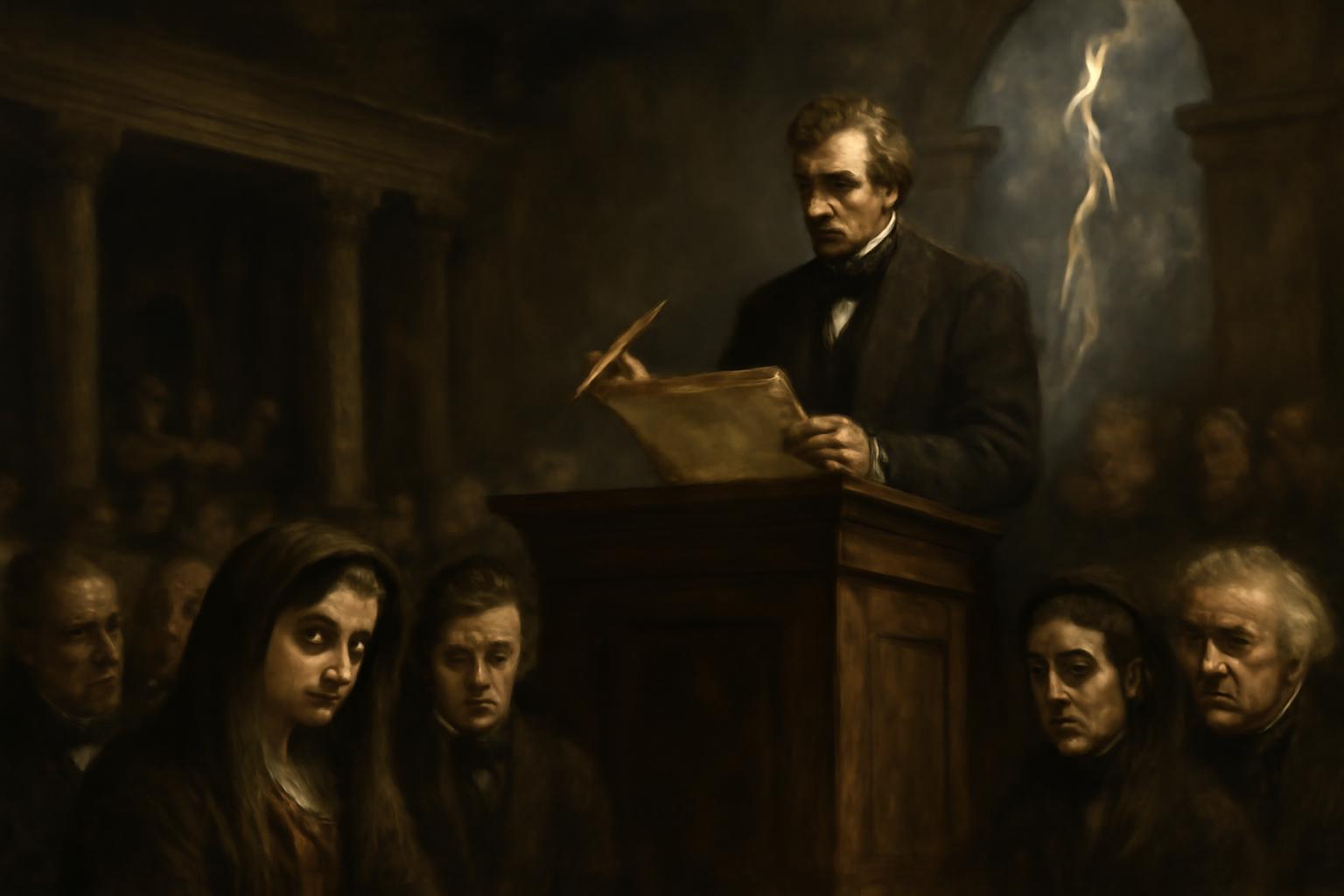Thus, in these grey corridors of power, a decree rings out, stark and sharp, as if uttered from Olympus yet echoing with the dim, bureaucratic clangor of late civilization: the intricate, controversial architecture of gender-inclusive typography—those hopeful asterisks, magnetic colons, and staccato underscores—are henceforth proscribed from the lexicon of state. Stern clarity, it is proclaimed, must take precedence over the Babel of innovation; language must, like stone, remain legible, unambiguous, and palatable to the tired tongue of the Volk. The guardians of public order, citing sacred comprehensibility and the icy “legal certainty” so favored by the administrators of fate, have not merely drawn a red line but have urged all temple-keepers—museum curators, foundation scribes, the state’s monolithic voices in broadcast—to join in an exorcism of these curious runes from the records of civil speech.
Yet, like Antigone before the unyielding edict of Creon, those who persist in this typographic resistance—a student here, an avant-garde poet there—must wonder: is not the spirit, the trembling possibility of the new, as necessary to language as the body of custom? But the chorus is divided; the voice of the demos, greying and weary, eschews such fractures in the old marble. The pragmatic hand of the state, often with the force of tragic necessity, is closing around the throat of ambiguity for the sake of a brittle peace.
Gaze into this conflict and behold the eternal Nietzschean drama—Apollonian order vainly battling Dionysian flux, each seeking dominion in the shattered agora of meaning. What is this, if not the most recent manifestation of the old quarrel between the ancient impulses: the longing for form and clarity, threatened by the abyssal energy of transformation? Our civilization, desperate to patch the ruins and keep the specter of chaos at bay, cannot tolerate the fragile hope symbolized by grammatical rupture; it demands the reassurance of ordered speech, even as the unspoken multitudes seethe below the ornate pronouncements.
Can we not discern, pale and ironic, the shade of Schopenhauer lamenting the world as will and representation—a world where every “clarification” in official language serves only to reaffirm the fundamental suffering and alienation at the heart of modernity? In seeking to preempt division, the state unwittingly deepens it. In the tragic stubbornness of its gesture, it condemns us to move in ever-narrowing circles, watching the horizon of possible meanings recede like a dying sun.
Thus, with each such decree, the West draws its own ideological circle and steps inside. The heroic ambitions of the ancients, their tragic courage to face ambiguity, are banished by the sallow guardians of “clarity.” Language and thought, once the sinews of our freedom, are circumscribed by committees and commissars. The slow drift toward benightedness is disguised as prudence, and the hopeful cry of difference is smothered beneath the pale shroud of officialese.
Tragedy, as ever, is not in the decree itself, but in the relentless, pitiless contradiction of a culture that yearns for meaning yet fears the only means by which it might arise.
